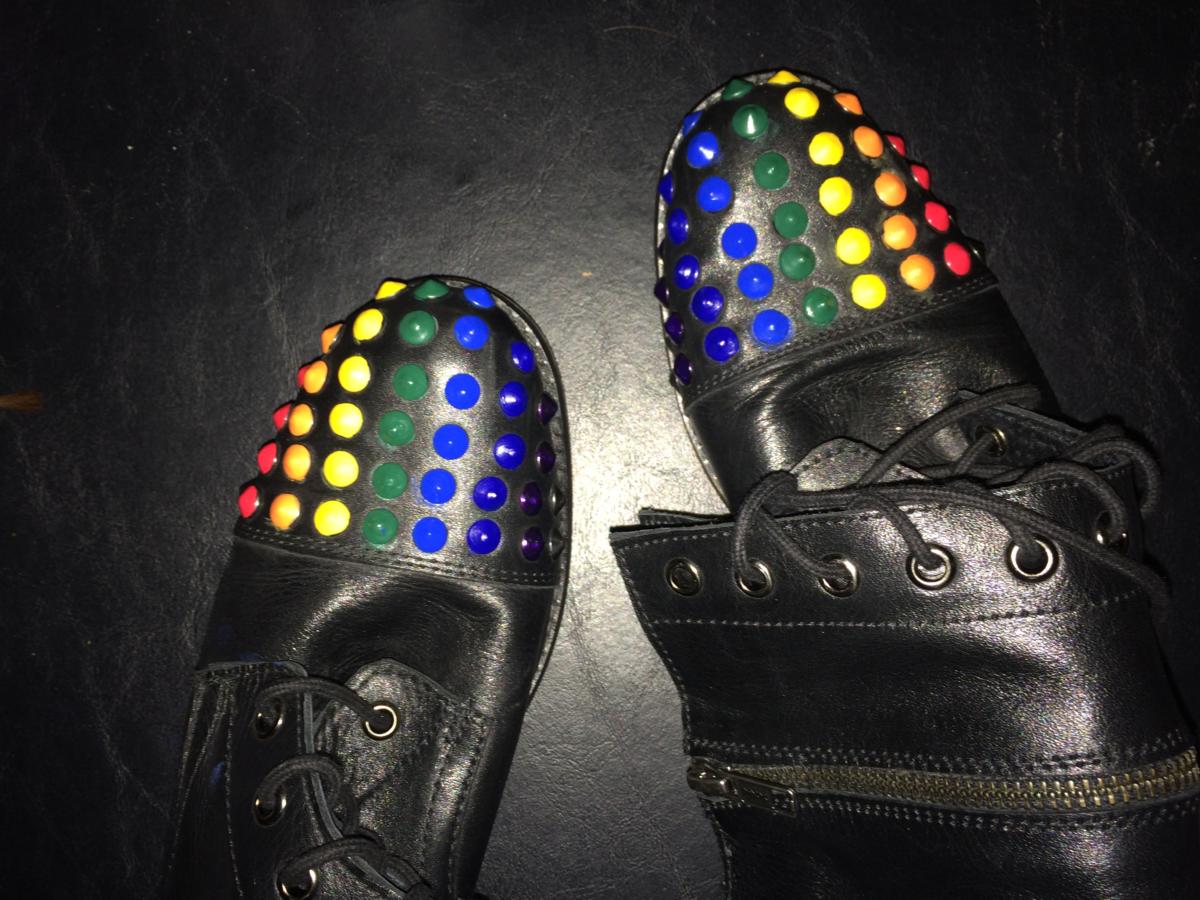The morning after: Having arrived at Genesis 18:23 with my 9th graders, it seemed like the only thing to do was to draw inspiration from Abraham. Upon hearing that God intends to destroy the cities of Sodom and Gomorrah, Abraham stands before God and says, “will you also annihilate the virtuous with the wicked?” Abraham’s mission is to convince God to act justly, to be worthy of Abraham’s faithfulness.
We sit in a circle eating snacks and read aloud to the end of the chapter, when his conversation with God ends and Abraham “returns to his place.” (v. 33) One student suggests this is meant to be understood both literally (he returns to his tent) and figuratively: Abraham resumes his daily activities and waits to see if God will be worthy.
As careful readers of the text we’ve already noted the narrator’s use of foreshadowing. Some of us have studied Genesis many times. We know what God will do. But at this moment, when Abraham returns to his place, the outcome is uncertain.
I am transported back in time. I am sitting on my couch waiting for the polls to close on the west coast. The outcome is no longer uncertain but remains, for the moment, unspoken. Reading the text through my student’s lens, I realize I must also return to my place.
One week later: We are now in the middle of Chapter 19. Lot is trying to convince his sons-in-law to leave town with him but they think he’s some kind of joker. Despite having dismissed class early, I’m in the middle of a snarl of lunch-hour traffic en route to a Faith in Public Life meeting. Our coalition of clergy is gathering to be briefed on the 2017 Georgia legislative issues that may require us to raise our voices on behalf of the faithful in our community, to convince our local political leaders to act justly.
During the break, I connect with my interfaith friends–Episcopalians and Evangelical Lutherans, Baptists and Buddhists, Catholics and Muslims, Hindus and Sikhs–whom I affectionately refer to as my protest buddies. One friend asks me if I’m familiar with the biblical passage about putting on God’s armor to stand for peace. She’s planning to purchase combat boots and wants to know if I’d join her in wearing special footwear to the protests. My expertise in Christian Bible is mostly confined to the Synoptic Gospels and a few Pauline Epistles, but I’m intrigued.
When we are seated again, I see that she’s sent me a Facebook message: “Therefore take up the whole armor of God, so that you may be able to withstand on that evil day, and having done everything, to stand firm. Stand therefore, and fasten the belt of truth around your waist, and put on the breastplate of righteousness. As shoes for your feet put on whatever will make you ready to proclaim the gospel of peace.”(Ephesians 6:13-15, New Revised Standard Version)
One month later: I find them in a consignment shop. I know instantly that I will convert these combat boots into peace boots. I begin by painting the metal spikes to reflect God’s sign of the covenant with all living creatures.
Later this month: When the Georgia Legislative Session is underway and the inauguration is over, I’ll step into these shoes and march to the State Capitol, ready to proclaim peace and safety, liberty and justice for all the inhabitants of our country.


